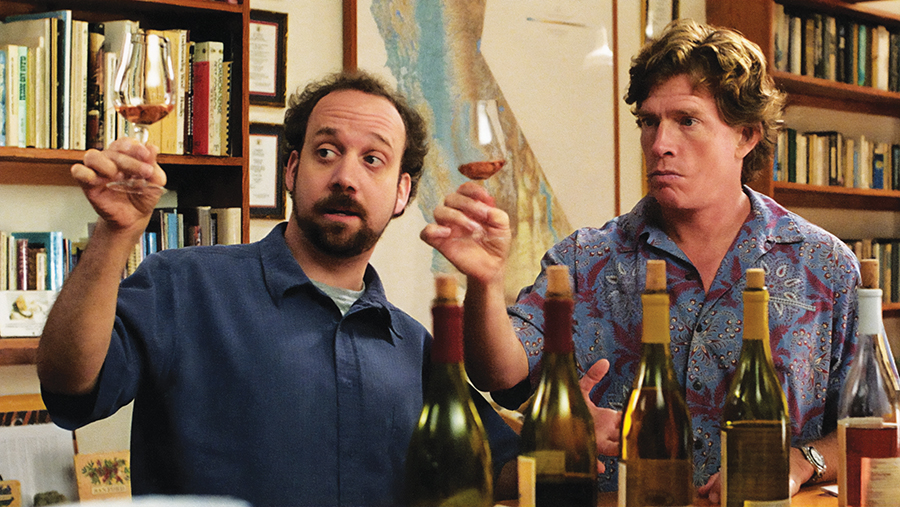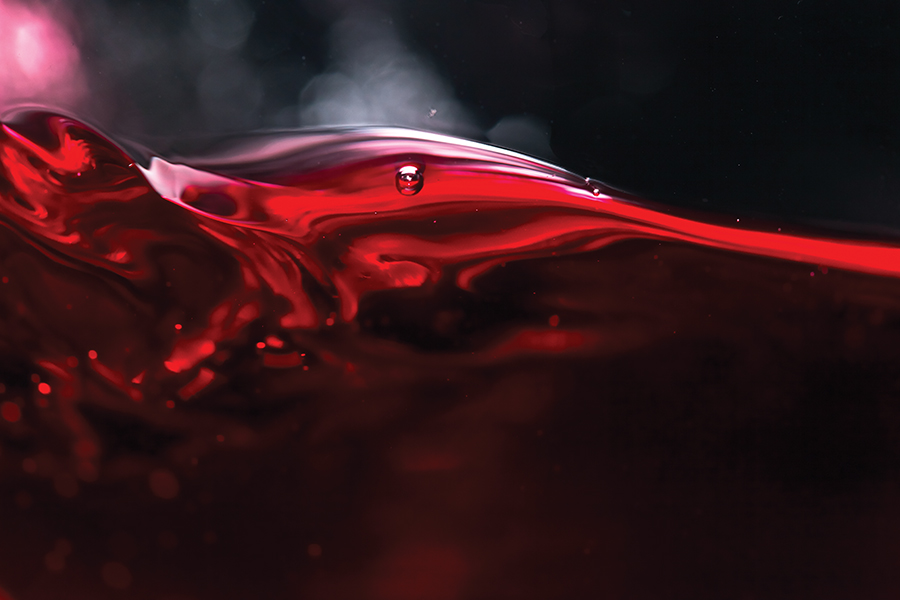The 2004 hit movie Sideways may have marred Merlot’s reputation, but today the varietal is making a comeback.
By Matthew DeBord
HQ 125 | SPRING 2024
Apart from Chardonnay, no wine type was more maligned in the past few decades than Merlot. It was infamously dissed in the hit movie Sideways, and despite achieving widespread popularity during the wine boom of the 1980s and 1990s, many consumers turned away from it and became fans of other red varieties, such as Cabernet Sauvignon, Pinot Noir, Syrah and Zinfandel.
From my perspective, Merlot did suffer from too much exposure when it first attained popularity. Consumers were less savvy in those days, and winemakers that were more about marketing than quality inflicted a lot of mediocre Merlots on the world. Merlot is, in its simpler bottlings, a broad and fruity wine that’s completely satisfying but not very intellectually engaging. It was a one-word no-brainer for a lot of restaurants that just wanted to add some easy choices to their lists, and customers who didn’t want to overthink their quaff jumped on it.

That was all too bad as Merlot is actually a critically important component of the world’s most collectible wines, red Bordeaux from France. In fact, one of the most celebrated Bordeaux of all, Chateau Petrus, is all Merlot (Bordeaux is usually blended from a range of red grapes, including Merlot, Cabernet Sauvignon and Cabernet Franc). The problem with Merlot arises when it is all on its own, unaccompanied by Cabernet’s more stern structure and austere flavors; 100% Merlot can come off as sort of flabby or jammy.
Of course, it’s been a long time since the Merlot backlash, so a revisitation of the wine is overdue. The truth is that you can find a huge number of wonderful bottlings that are relative bargains at this point because people continue to have a residual anxiety about being seen with Merlot in their wine fridge. Their loss is your gain!
You must understand, however, that you can take two paths. The first is to embrace the Bordeaux style of blended reds, in which case you’ll be enjoying Merlot along with other established grapes. You don’t have to spend Petrus money — $5,000 and up for the 2021 vintage — and can in fact explore the lower rungs of the Bordeaux ladder. Anything around $30 is going to be quite nice, and if you want to find out how much Merlot is in a particular bottling, you can just Google the wine and its vintage for a breakdown.
The second option is to look at varietally labeled Merlot, and here your focus should be on California wine. While California Merlot may have started all the trouble back in the day, the truth is that any French Merlot vintner would give an arm and a leg to have the exceptional growing conditions that exist in the Golden State. A good rule of thumb is to avoid the inexpensive bottles, as they are not going to be terribly distinctive in terms of flavors — all basic red fruits — and they may have a cloying, oaky aspect.
I’m not saying you should start shelling out for $50-100 wines, on the other hand. The $30-60 realm is going to be quite rewarding. For example, a widely available label is Trefethen, a Napa Valley Merlot that retails for about $40. It’s absolutely delicious and always drinkable, with its smooth fruit flavors and mild acid in superb balance. It’s a great companion for grilled lamb or a pork chop. Spend another $20 and Duckhorn, also a Napa Valley wine, has all the richness and complexity that Merlot can showcase if it’s given the winemaking care it needs. In between these two, seek out Bogle’s Merlot, which at $50 is also going to be easy to track down. It displays all the textbook characteristics of fine California Merlot, without being too heavy on the oak. Try this one with steaks.
In fact, try a lot of different food with Merlot. Unlike Cabernet Sauvignon, Merlot’s “big brother,” pairings for Merlot can be looser. I would hesitate to pair Cab with pasta, or pizza, but wouldn’t pause to do so with Merlot. The same goes for chicken or even some richer seafood dishes that one might normally match with a white wine. Given Merlot’s broad, fruity profile, sometimes tending toward a bit of sweet fruit, it’s a good accompaniment to barbecued ribs. And if you are throwing some hamburgers on the grill, pop a cork on a Merlot.
The bottom line is that Merlot’s comeback is all about Merlot never really going away. Wines come in and out of fashion, but Merlot’s history is so deep that it has managed to defy trends. It will always be with us because, along with Cabernet and Pinot Noir, it is one of the three top red wine varietals on the planet. If you keep that in mind, you’ll always have the right attitude toward this unfairly maligned style of wine.




